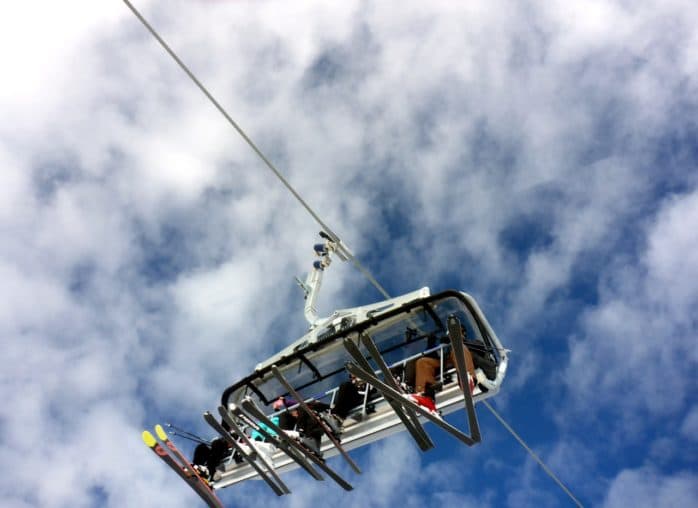upLIFT Fragment Recall – a closer look
This is essentially a way to get more out of the TM. Using ‘fine-grained alignment’, it automatically leverages partial segment matches from the TM, eliminating the tedious need to copy/paste from the concordance search.
Should you use it? Yes, definitely. Here are some tips on how to get the most out of it:
- For old TMs created before Studio 2017, ensure you have switched on Fragment Alignment in your TM settings. This will align previous content for use in future translations (if your TM is large, this could take a few minutes). Also ensure you’ve checked the box at the bottom of the page to ‘Align new content automatically’.
- Use Fragment Recall to extract terminology by adding terms directly from the Fragment Matches window.
- Click on the match in the Fragment Matches window to see more context.
- Adjust your Segment Fragment Matching settings to allow results to be offered from TU fragments and to define the minimum number of words/significant words required for a match.
upLIFT also includes a second aspect called Fuzzy Repair, discussed in an earlier post. Note that upLIFT functionality still only works for file-based TMs and will be activated for server-based TMs later this year.
AdaptiveMT – moving with the times
This is SDL’s self-learning machine translation engine. While there is a lot of controversy surrounding MT, it will undoubtedly play a key role in the future of the industry as an aid to (not replacement for) human translators. So what does SDL’s AdaptiveMT have to offer that Google Translate doesn’t? As a self-learning engine, it adapts in real time to the terminology and style of the person translating based on each post-edited segment.
Should you use it? Yes, with caution and plenty of post-editing. As with all MT engines, AdaptiveMT throws up some grammatically suspect, at times plain ridiculous suggestions. But it can be useful, particularly for terminology or to get a first gist translation. Note that AdaptiveMT is not currently available for all language combinations (e.g. DE-EN is conspicuously absent, but the rollout is planned for later in the year).
On the horizon
Q3/4 2017 promises the big reveal of the long-awaited Online Editor, which will be integrated with a new GroupShare module. Translators and proofreaders without Trados will be able to receive a link to the job and work online in a ‘Trados-lite’ editing tool. We are told that this basic version will support all file types, TM functionality and comments, but that termbases will not be incorporated in the first release.
Beyond the horizon
Apply final version?
The Q&A revealed a lot of frustration around the time-consuming, unreliable processes currently available to update a TM with final changes made outside of Trados. With their backs to the wall, SDL alluded to the possibility of an ‘Apply final version’ function – a silver bullet that would allow these changes to be implemented without the need for lengthy alignment, or the exasperatingly temperamental Retrofit. Don’t expect to see anything on this front any time soon, however.
Terminology and Alignment
Further frustration was also palpable among freelancers, clients and LSPs regarding the unwieldy Alignment tool and the now archaic MultiTerm. SDL acknowledge they have neglected both in recent years and will devote more focus to them in future – although details of concrete plans were not forthcoming.
Finally, anyone with suggested enhancements can submit and encourage other people to vote for them. Improved number handling and localisation? Yes please.
Title image via Pexels (CC0)
